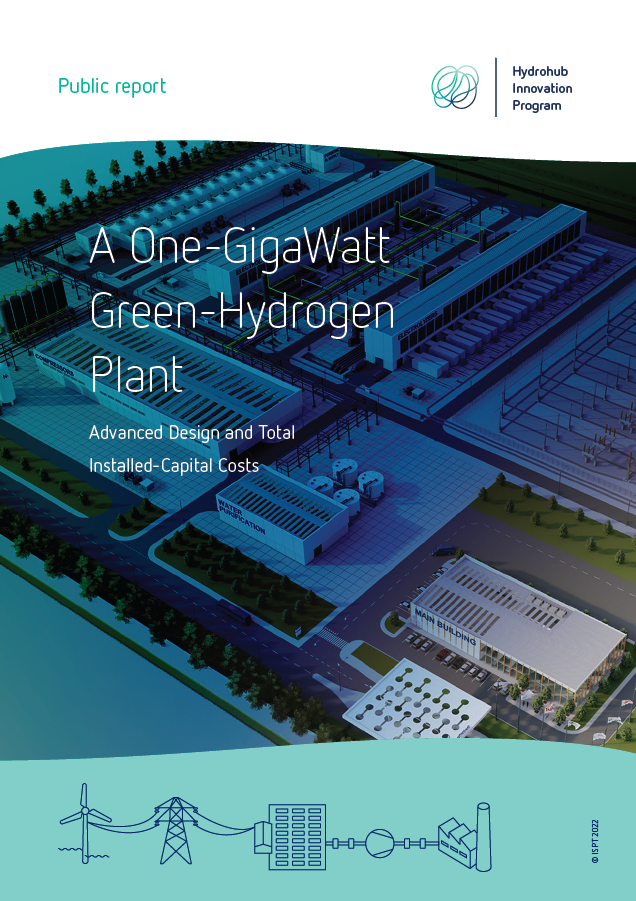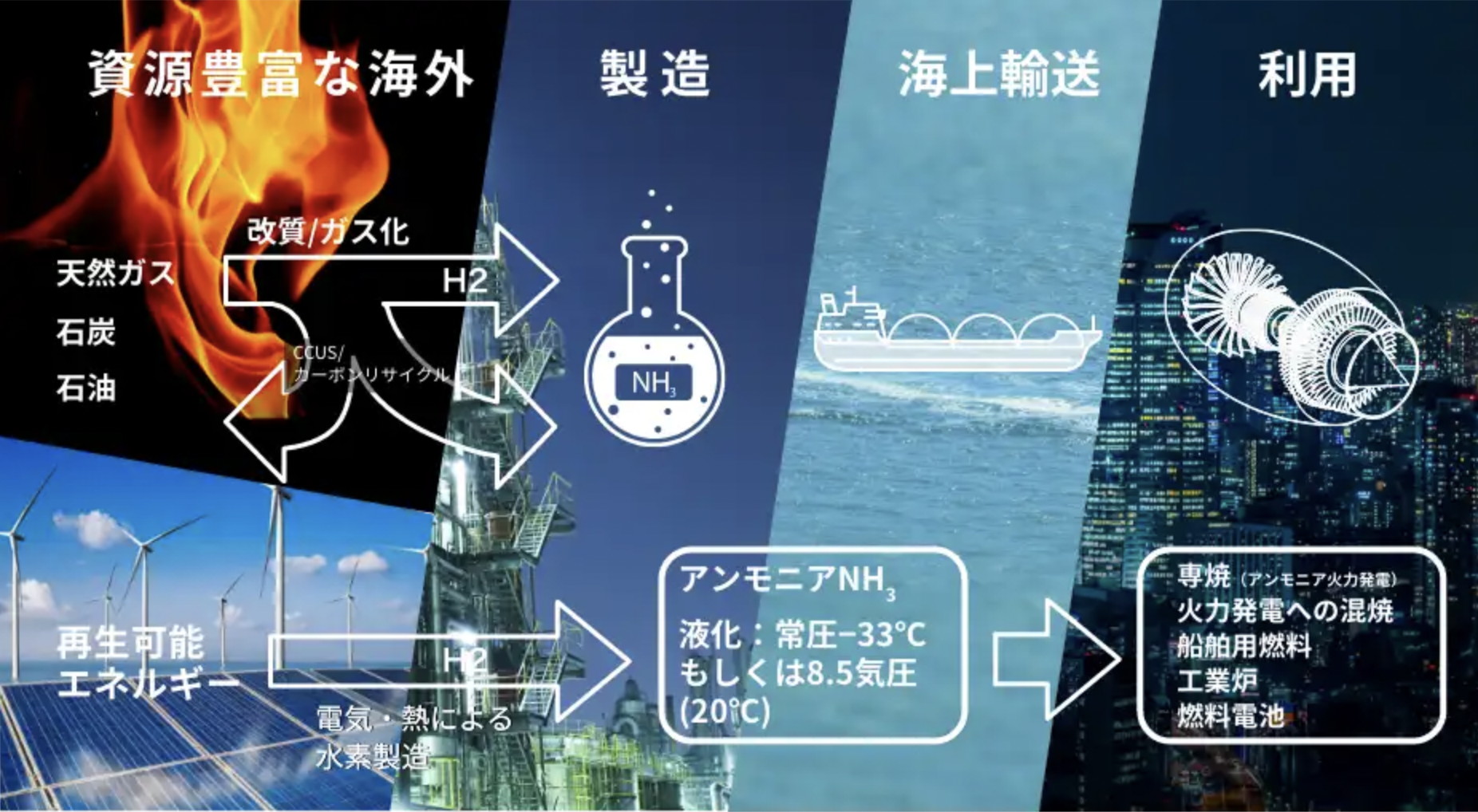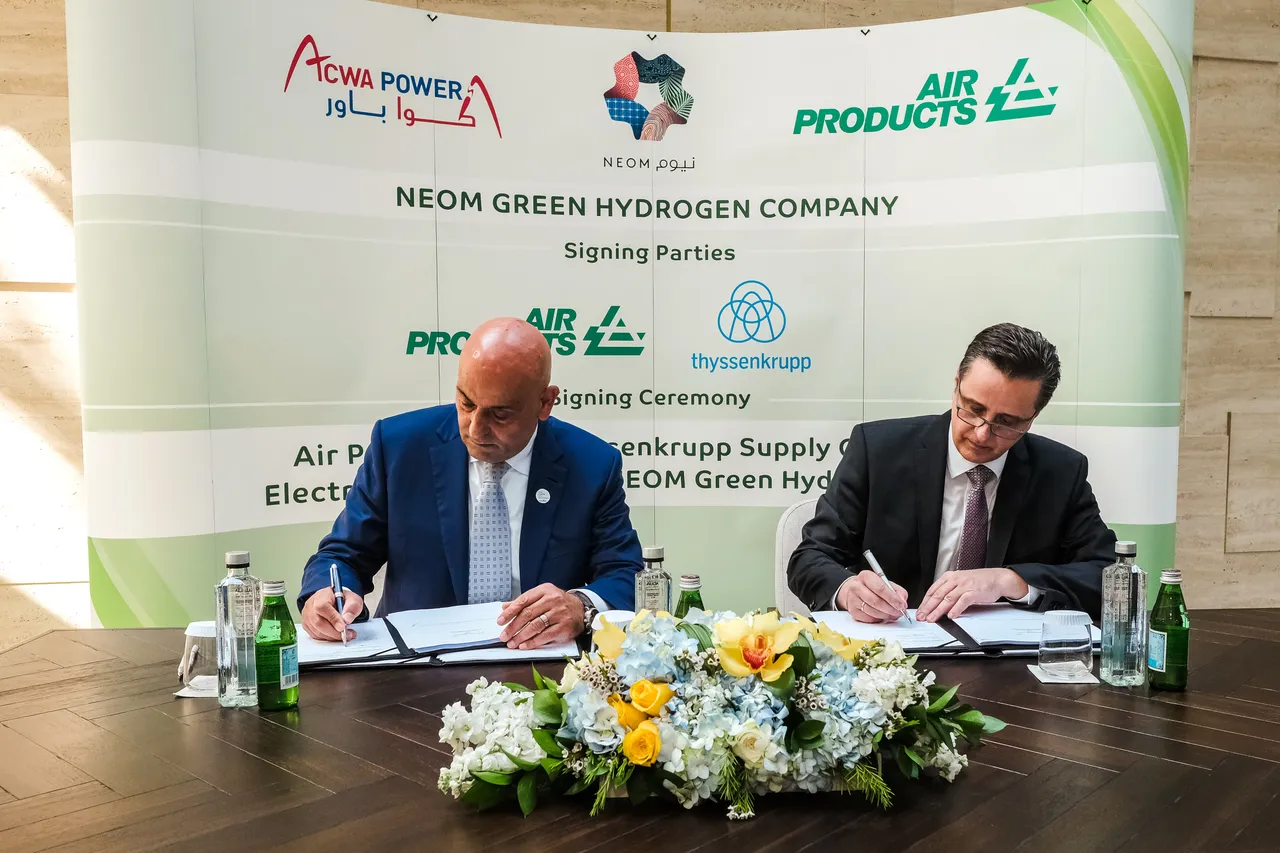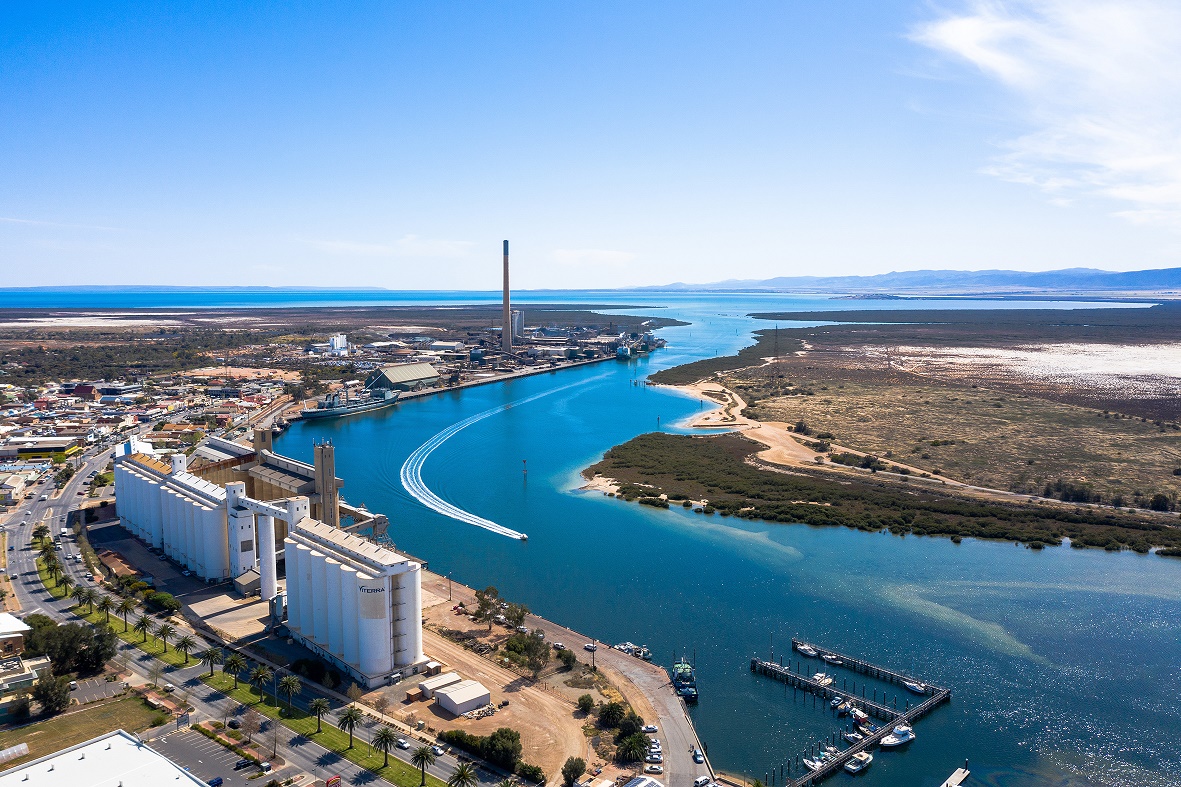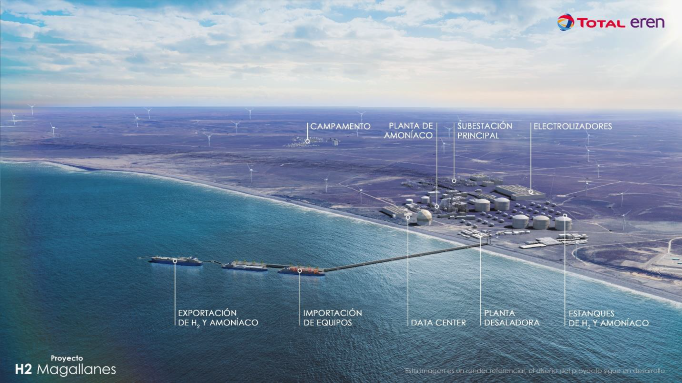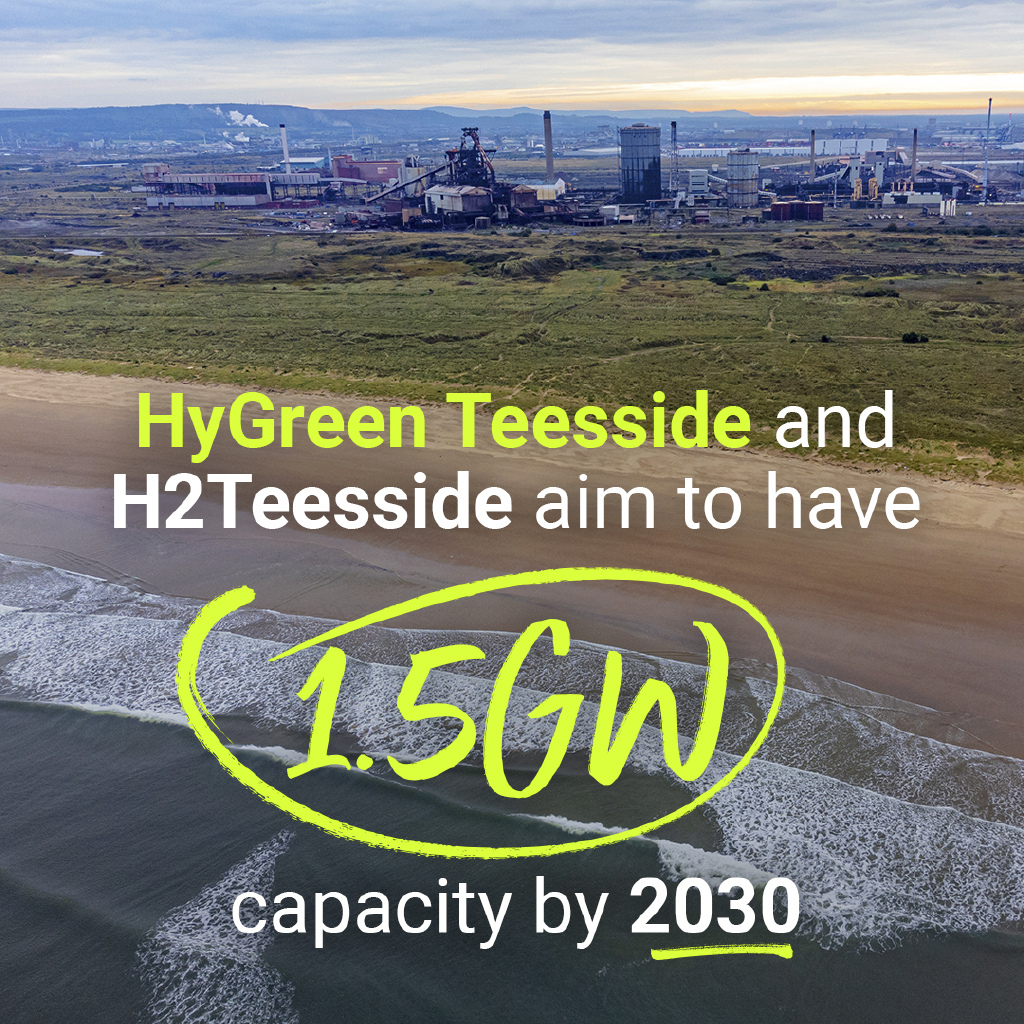New Report from ISPT: what does a 1 GW electrolyser plant look like?
The new report from ISPT is the culmination of the Hydrohub Gigawatt Scale Elektrolyser project, and presents a detailed design for an advanced, GW-scale green hydrogen plant. The greenfield design could be up-and-running in a Dutch port area by 2030, and would have total investment cost levels of 730 €/kW for alkaline water electrolysis, or 830 €/kW for PEM water electolysis. This translates to about half the CAPEX required for a state-of-the-art design from 2020.
